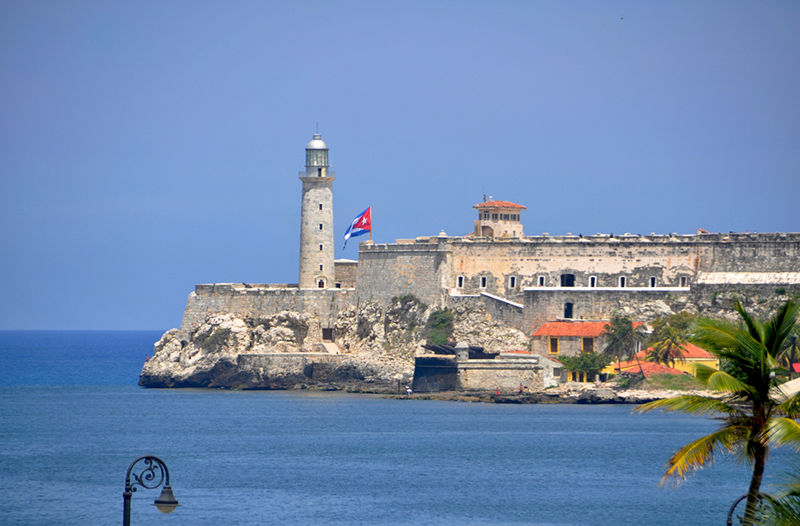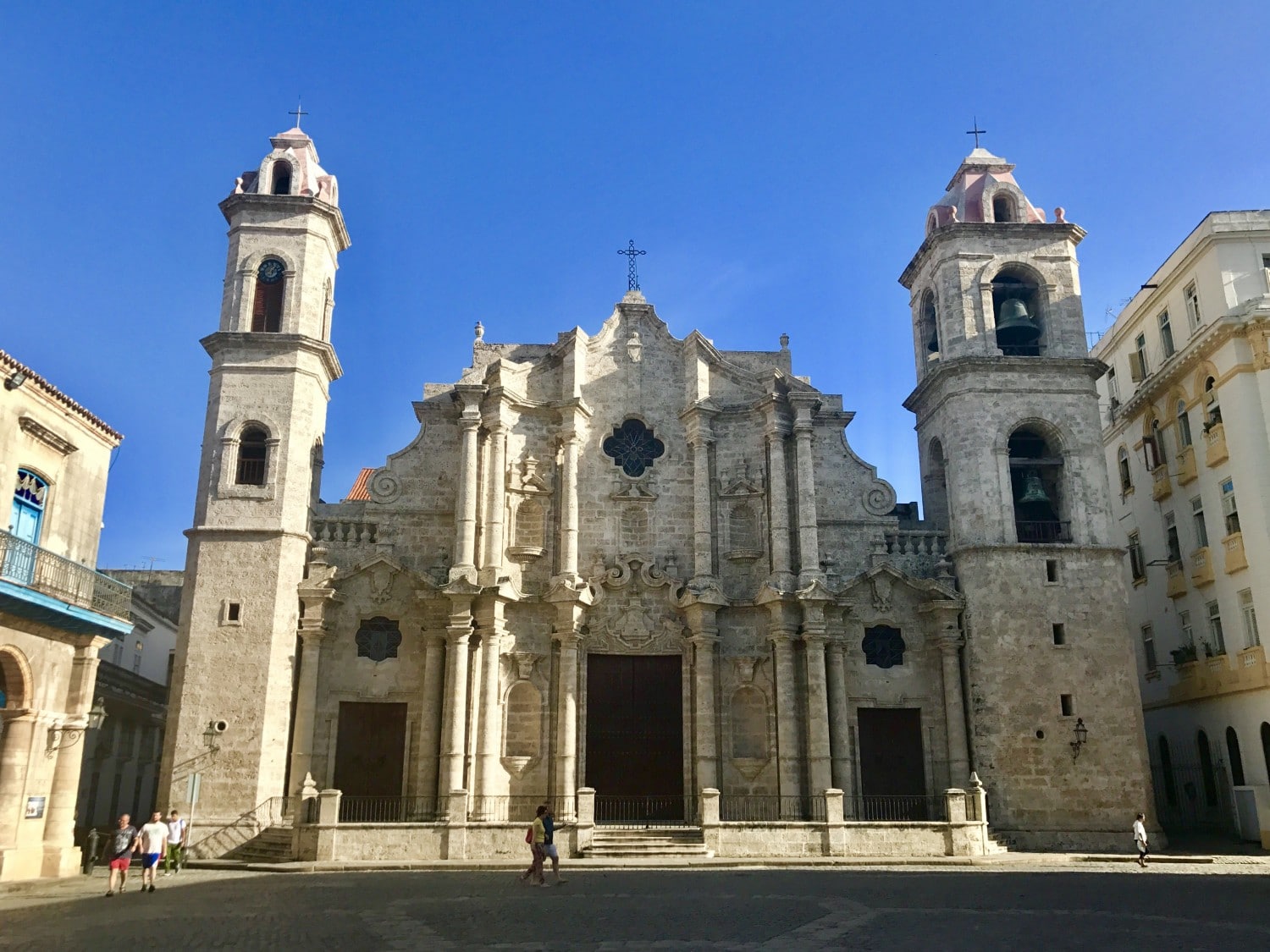Caribbean
Today, I will be traveling to the Caribbean. I will be spending the day in Havana, Cuba. Havana is the largest city and the capital of Cuba. Havana is also the home to 2.13 million people.
Site 1 – Our first stop in Havana was Morro Castle. The castle was named after the three biblical Magi. It is also a landmark that guards the entrance to Havana Bay in Havana, Cuba. The castle was designed by an Italian engineer by the name of Battista Antonelli. The castle was originally owned by Spain, but it was soon taken over by the British in 1762 but was then returned to the Spanish under the terms of a treaty a year later. On the site is a display on the lighthouses of Cuba. It once served as a school for lighthouse keepers. There was once a watchtower, but it was attacked by the British in 1762. The Faro Castillo del Morro lighthouse was added in 1846. A small path at the end of the wall offers views of the ocean crashing onto the rocks 20 meters below. On one side of the castle holds more modern guns and cannons. While visiting the castle, we saw rusted cannons around the fort, but the walls of the castle were still well maintained. We also saw central barracks that were nearly four stories tall. We were able to visit the underwater archeology exhibit.
Site 2 – Our second stop was Havana Cathedral located in Havana, Cuba. The cathedral was built on land that was called “Plaza de La Ciénaga,” which means “Swamp Plaza.” The land was once marshland until it was drained in the 17th century. The Cathedral began to be built in 1748 on the site of a previous church. During this time, the area was used as a naval dockyard. Originally, this landmark was not intended to be a cathedral, so the site is smaller than some intend. The construction began by Jesuits who wanted to make a larger church than the previous one. In 1767, the Jesuits were required to leave Cuba as part of a worldwide defeat by King Charles III of Spain, but construction carried on and the church was completed in 1777. The church did not become a cathedral until 1787. The cathedral was partially constructed from coral stone, which was common during this time. While visiting the cathedral, we were able to see several types of marine life that became fossilized many years ago.


Comments
Post a Comment